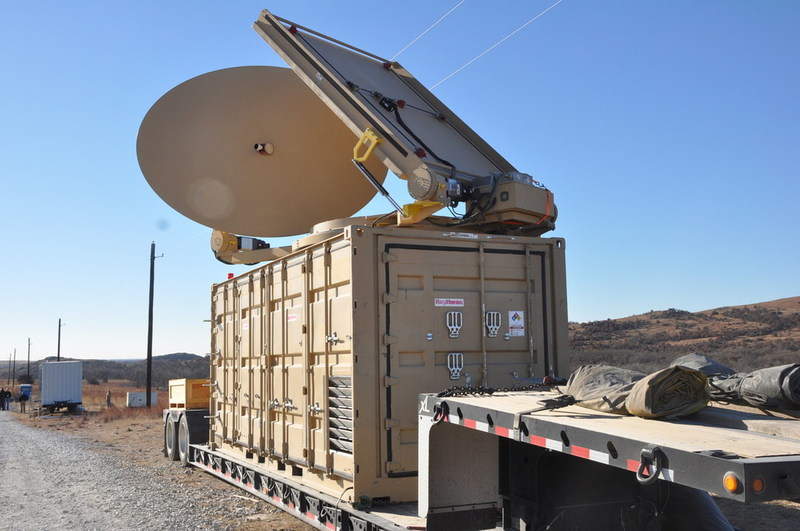
Raytheon’s advanced high-power microwave and laser dune buggy was successfully demonstrated at the US Army’s Maneuver Fires Integrated Experiment (MFIX).
During the event conducted at the US Army Fires Center of Excellence, the high-power microwaves and lasers were used to target and destroy common threats, including 45 unmanned aerial vehicles (UAVs) and drones.
The US Army’s MFIX exercise was conducted to demonstrate the ways that would help reduce the gaps in the army’s capabilities in long-range fires and in manoeuvering short-range air defence.
The microwave system provided by Raytheon engaged multiple UAV swarms and destroyed a total of 33 drones, knocking down two and three at a time.
Also, the USAF deployed the company’s high-energy laser (HEL) system that helped identify, track, engage and destroy 12 airborne manoeuvering Class I and II UAVs, as well as six stationary mortar projectiles.
Raytheon Advanced Missile Systems vice-president Dr Thomas Bussing said: “The speed and low cost per engagement of directed energy is revolutionary in protecting our troops against drones.
“We have spent decades perfecting the high-power microwave system, which may soon give our military a significant advantage against this proliferating threat.”
Earlier, the USAF Research Laboratory worked in collaboration with the company under a $2m contract in order to test and demonstrate high-power microwave and counter-UAV capabilities.
Raytheon HEL product line director Dr Ben Allison said: “Our customer needed a solution, and they needed it fast.
“So, we took what we’ve learned and combined it with combat-proven components to rapidly deliver a small, self-contained and easily deployed counter-UAV system.”



